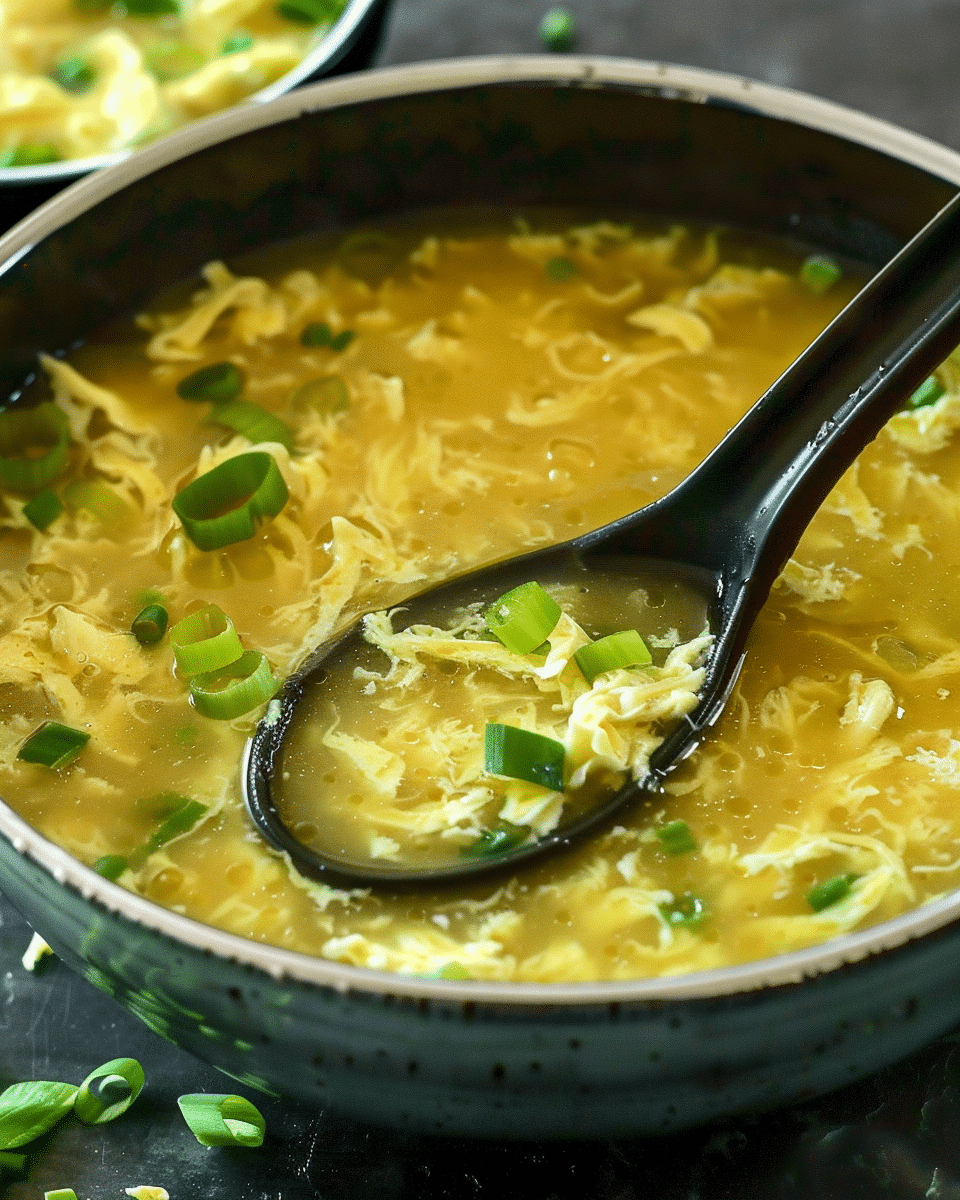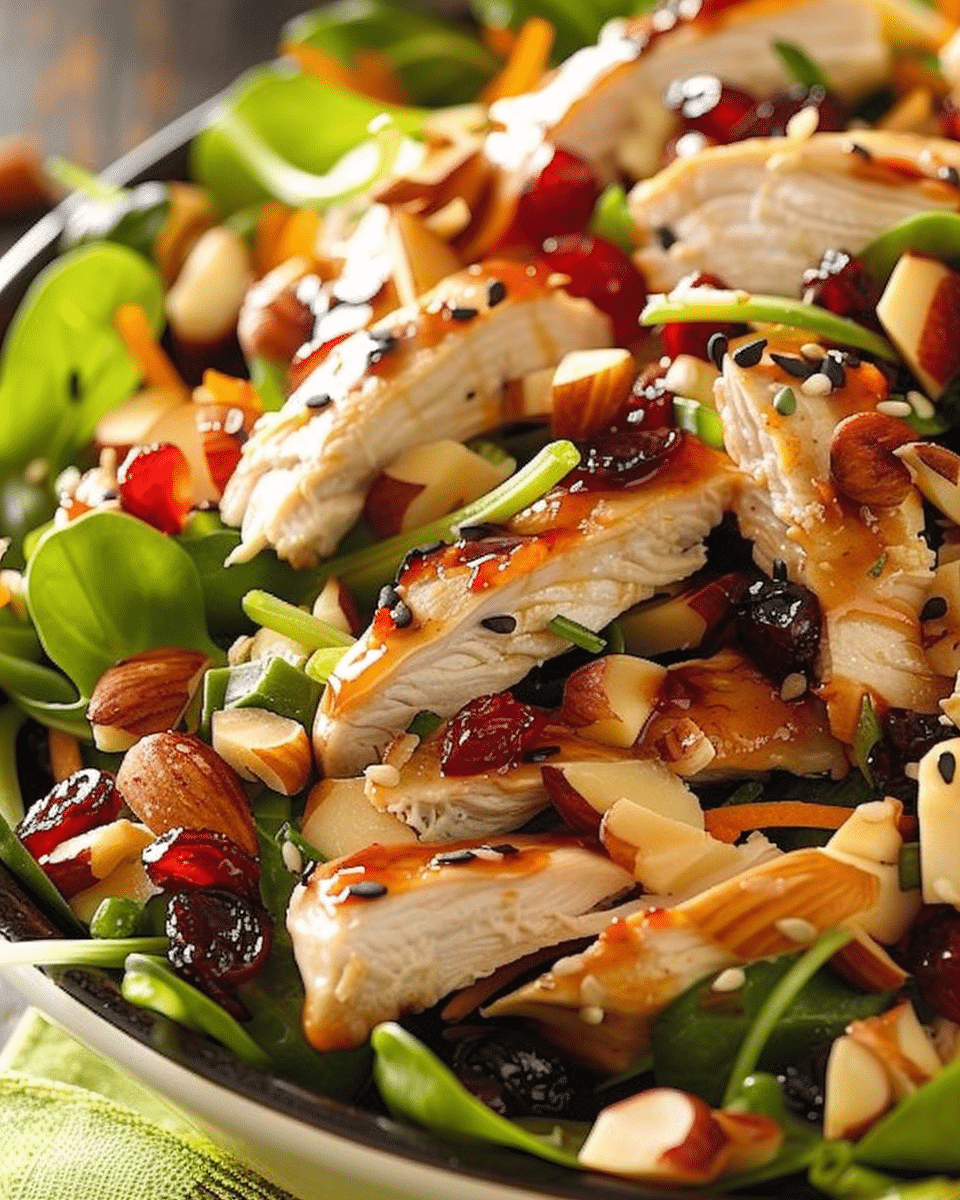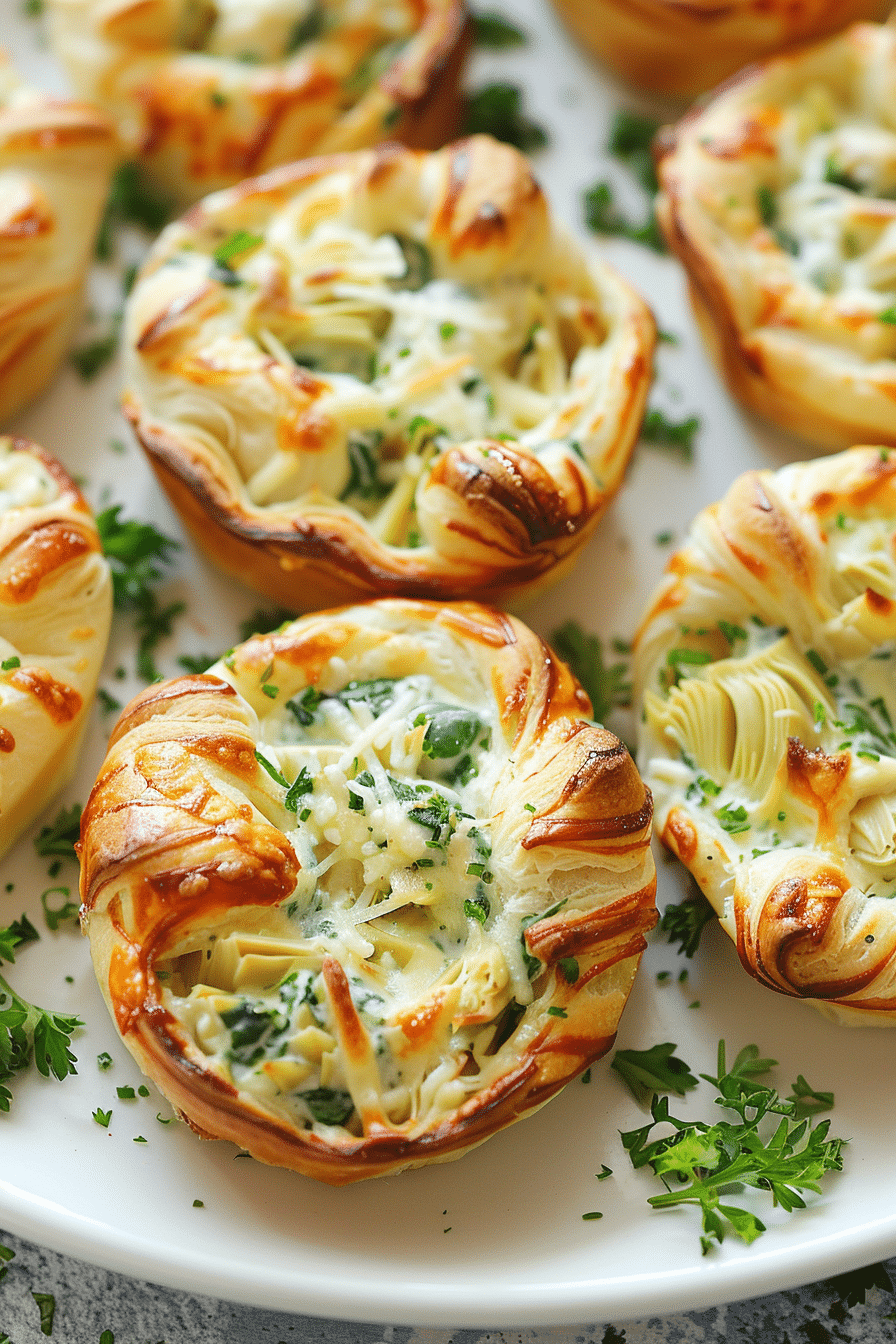Pastina, the smallest form of pasta, carries a heritage rich in Italian culinary traditions. It’s a favored choice for comfort, taste, and ease of preparation, making it a staple in many households. This guide will navigate you through every aspect you need to know to master the pastina recipe.
Essential Ingredients for Pastina Recipe
Pastina is a classic Italian comfort food, and it’s quite simple to make. Below are the essential ingredients and a basic recipe:
Essential Ingredients:
- Pastina Pasta:
- Any small pasta shape (like acini de pepe, stelline, or orzo) works well. Explore the differences between pastina and acini di pepe!
- Broth:
- You can use chicken, vegetable, or beef broth. Homemade or store-bought both work. The amount may vary depending on the desired consistency. Generally, 2 to 4 cups should suffice.
- Cheese:
- Grated Parmesan or Pecorino Romano adds flavor and richness. You can add as much or as little as you like.
- Butter:
- A small amount of butter (about 1-2 tablespoons) adds richness and flavor.
- Salt and Pepper:
- Season to taste.
Optional Ingredients:
- Egg: Some people whisk an egg into the pastina for added protein and richness.
- Fresh Herbs: Parsley or basil can add freshness and flavor.
- Vegetables: Peas or finely chopped carrots can add color and nutrition.
Step-by-Step Pastina Recipe Guide
Instructions:
- Boil the Liquid:
- In a medium saucepan, bring the 2 cups of water or chicken broth to a rolling boil. Adding chicken broth will give the pastina extra flavor.
- Add Pastina:
- Once the liquid is boiling, add the cup of pastina to the saucepan.
- Cook the Pastina:
- Reduce the heat to low and let the pastina simmer for about 5-8 minutes, or until the pasta is tender and has absorbed most of the liquid. Stir occasionally to prevent sticking.
- If you find the mixture getting too thick, you can add a little more water or broth to reach the desired consistency.
- Add Butter:
- When the pastina is cooked, remove the saucepan from the heat and stir in the tablespoon of butter until it is completely melted. The butter will give the pastina a rich and creamy texture.
- Add Cheese:
- Add the grated Parmesan cheese to the pastina, stirring until the cheese is fully melted and incorporated.
- Season the Dish:
- Add salt to taste and stir well. Be cautious with the salt, especially if you used chicken broth, as it may already contain salt.
- Serve:
- Once everything is well mixed, transfer the pastina to a bowl and serve it warm.
- For an extra touch, you can sprinkle a bit more grated Parmesan on top before serving.
Tips and Tricks for Perfect Pastina Recipe
Here are some tips and tricks for making the perfect pastina:
1. Choosing the Right Pasta:
- Choose a small pasta shape. Tiny pasta shapes like acini de pepe, stelline, or orzo are traditional for pastina.
2. Quality Broth:
- Use a good quality broth. A rich, flavorful broth will give your pastina more depth of flavor. Homemade is best, but a high-quality store-bought broth works well too.
3. Proper Pasta Cooking:
- Make sure to cook the pasta just until it’s tender. Overcooking the pasta can make it mushy.
4. Stir Occasionally:
- Stir the pasta occasionally while cooking to prevent it from sticking together.
5. Adjusting Consistency:
- Adjust the consistency by adding more broth if it’s too thick or letting it simmer a bit longer if it’s too thin.
6. Season Well:
- Don’t forget to season your pastina with salt and pepper. Taste and adjust the seasonings at the end of cooking.
7. Add-ins:
- Feel free to get creative with add-ins. Whisk in an egg for richness, stir in some cooked vegetables for nutrition, or add fresh herbs for flavor.
8. Cheese Choices:
- Use freshly grated Parmesan or Pecorino Romano for the best flavor.
9. Serving:
- Serve the pastina hot for the best texture and flavor. If you’re using fresh herbs, add them just before serving to maintain their color and flavor.
10. Storing Leftovers:
- If you have leftovers, store them in an airtight container in the refrigerator. You may need to add a little more broth when reheating as the pasta will continue to absorb liquid as it sits.
11. Reheating:
- Reheat the pastina gently on the stove, adding extra broth or water to loosen it up as it will thicken upon standing.
Keep these tips in mind, and you’ll have a delicious and perfect bowl of pastina each time you make it!
Serving Suggestions for Pastina
Serving pastina can be a delightful experience with a bit of creativity and thought into the presentation and accompaniment. Here are some serving suggestions for pastina:
1. With Additional Cheese:
- Sprinkle extra Parmesan or another favorite cheese on top before serving. Cheese not only adds to the flavor but also enhances the visual appeal.
2. Herb Garnish:
- Enhance both the look and flavor of pastina by garnishing with fresh herbs. Basil, parsley, or chives can be finely chopped and sprinkled on top.
3. Vegetable Mix-In:
- Stir in cooked vegetables like peas, carrots, or broccoli for added nutrition, color, and texture. This can make the meal more filling and balanced.
4. Protein Addition:
- Add some cooked chicken, turkey, or ham cut into small, bite-sized pieces. This will add protein to make the meal more substantial.
- Alternatively, stir in a beaten egg while cooking the pastina, ensuring the egg is fully cooked before serving, to add protein and richness.
5. With a Side of Bread:
- Serve pastina with a side of crusty bread or garlic bread for a complete meal.
6. Soup Style:
- Make pastina soup by adding more chicken or vegetable broth to the cooked pastina, making it a comforting soup. Add in some cooked vegetables or shredded chicken for a heartier soup meal.
7. Infused with Flavor:
- Drizzle a little olive oil infused with garlic or herbs over the pastina for added flavor and richness.
8. Tomato Sauce:
- Serve the pastina with a little marinara or tomato sauce on top for a different flavor profile.
9. Baby Food:
- Pastina is gentle on the stomach, making it a great choice for babies. Ensure it is cooked to a soft consistency, and you might skip the salt and use water instead of broth for cooking.
10. For the Sick:
- Serve pastina as a gentle and comforting food for someone who is ill. It’s easy to digest and soothing to the throat.
Note:
- Ensure that any added ingredients are suitable for the age group of the people you are serving, especially for babies or toddlers.
Use these serving suggestions to make your pastina more appealing and delicious. Enjoy your meal!
Health Benefits of Pastina Recipe
Pastina is a comforting Italian dish, and while it is simple and delicious, it may offer some health benefits when prepared thoughtfully. Below are the potential health benefits of pastina and some suggestions for enhancing its nutritional value:
1. Source of Carbohydrates:
- Pastina provides carbohydrates, which are essential for energy. Choosing whole grain pasta can provide more complex carbohydrates and dietary fiber, aiding digestion and promoting sustained energy levels.
2. Protein Content:
- Adding cheese and egg to the pastina recipe can provide a good source of protein, essential for muscle repair and growth.
3. Bone Health:
- Cheese is a good source of calcium, which is crucial for maintaining healthy bones and teeth.
4. Vitamins and Minerals:
- Using homemade or high-quality store-bought broth can contribute to the vitamin and mineral content of the dish. Broths made from bones are a source of various vitamins, minerals, and collagen.
5. Hydration:
- The broth in pastina helps in maintaining hydration, especially when the dish is consumed as a warm soup.
6. Adding Vegetables:
- Enhance the nutritional profile by adding vegetables like peas, carrots, or spinach to the pastina. Vegetables contribute essential vitamins, minerals, and antioxidants to the meal.
7. Herbs for Antioxidants:
- Fresh herbs like basil or parsley not only add flavor but also provide additional antioxidants and micronutrients.
8. Comfort Food:
- Pastina can be a great comfort food, which can have mental health benefits by providing a sense of well-being and satisfaction.
Enhancing Nutritional Profile:
- Use Whole Grain Pasta: Opt for whole grain pastina pasta to increase the fiber and nutrient content of the dish.
- Incorporate More Vegetables: Add a variety of colorful vegetables for added vitamins, minerals, and antioxidants.
- Opt for Lean Protein: Consider adding chicken or other lean proteins to the dish for additional health benefits.
- Limit Added Salts: Be cautious with added salt, especially if using store-bought broth which may already contain sodium.
In summary, while pastina is a simple and comforting dish, thoughtful selection of ingredients and additions can enhance its nutritional profile, contributing to a balanced and healthy diet. Explore another traditional Italian seafood delight with our Burrida recipe.
Read Also:
- Find Vegetarian Recipes: Your Ultimate Guide
- Thanksgiving Margarita Mastery: A Complete Guide
- Grimace Shake Recipe
What is pastina in Italian culture?
Pastina, which literally means “little pasta” in Italian, holds a special place in Italian culture and cuisine. It’s much more than just a type of pasta; it’s a culinary symbol that resonates with comfort, tradition, and childhood memories for many Italians. Here are some key aspects of pastina in Italian culture:
Comfort Food for All Ages:
Pastina is often one of the first solid foods given to Italian babies, making it a comfort food that spans generations. Its soft texture and easy digestibility make it ideal for infants, the elderly, and those who are feeling unwell.
Home Remedies:
In Italy, pastina is commonly used as a home remedy for illness, especially for colds or stomach ailments. It’s considered light and easy on the stomach, often prepared in a simple broth as a soothing meal.
Versatility:
Pastina is incredibly versatile. It can be dressed up with cheese, butter, and herbs for a quick and satisfying meal, or it can be added to soups and broths to create a more substantial dish.
Culinary Tradition:
Making pastina is often associated with traditional home cooking. It’s a dish that many Italians associate with the care and love of a nonna (grandmother) or mamma (mother), who would prepare it with a personal touch.
Emotional Connection:
For many Italians and those of Italian descent, pastina evokes nostalgia and a sense of home. It’s a simple dish, yet it’s deeply intertwined with memories of family, comfort, and warmth.
Regional Variations:
While pastina is a staple across Italy, there are regional variations in how it’s prepared. Some regions might prefer it in a clear broth, while others might serve it with a richer sauce or additional ingredients like vegetables or proteins.
Symbol of Simplicity and Nourishment:
Pastina represents the Italian culinary ethos of creating something delicious and nourishing from a few simple ingredients. It’s a testament to the idea that good food doesn’t have to be complicated.
Common Mistakes and Solutions
Cooking pastina is quite straightforward, but as with any dish, there can be mistakes. Below are some common mistakes people might make when preparing pastina and their respective solutions:
1. Overcooking the Pastina:
- Mistake: Overcooking pastina can make it mushy and unappetizing.
- Solution: Keep a close eye on the cooking time and taste test to ensure the pastina is cooked to the desired tenderness. Generally, pastina takes about 5-8 minutes to cook.
2. Underseasoning:
- Mistake: Not adding enough seasoning can result in bland pastina.
- Solution: Properly season the pastina with salt, and consider adding other flavors like black pepper, grated cheese, or herbs to enhance the taste.
3. Using Too Much Liquid:
- Mistake: Adding too much water or broth can turn pastina into a soup rather than a pasta dish.
- Solution: Start with the recommended amount of liquid and add more if needed as the pasta cooks.
4. Using Too Little Liquid:
- Mistake: Too little liquid may result in undercooked or dry pastina.
- Solution: Ensure you use enough liquid to fully cook the pastina, adding more as needed during the cooking process.
5. Not Stirring:
- Mistake: Failing to stir the pastina occasionally as it cooks can cause it to stick to the pot or cook unevenly.
- Solution: Make sure to stir the pastina occasionally as it cooks to prevent sticking and ensure even cooking.
6. Skipping the Butter or Oil:
- Mistake: Not adding butter or oil can make the pastina less rich and creamy.
- Solution: Add a tablespoon of butter or olive oil for richness and flavor.
7. Overloading on Toppings:
- Mistake: Adding too many toppings or mix-ins can overwhelm the delicate nature of pastina.
- Solution: Keep toppings and additional ingredients minimal to let the simple flavor of pastina shine.
8. Not Adjusting for Dietary Needs:
- Mistake: Not considering dietary restrictions or preferences when preparing pastina.
- Solution: If serving to individuals with dietary restrictions, consider using vegetable broth instead of chicken broth, or use a dairy-free alternative for butter and cheese.
9. Serving Too Hot:
- Mistake: Especially when serving to toddlers or babies, serving pastina too hot can be a hazard.
- Solution: Ensure the pastina is cooled to a safe temperature before serving, particularly for young children.
By avoiding these common mistakes and implementing the suggested solutions, you can make perfect pastina every time. Enjoy cooking and serving this comforting dish!
FAQs
What kind of pasta is used for pastina? Pastina uses tiny pasta shapes like stars, tubes, or rice-like pieces.
Why is pastina popular? Pastina is popular for its quick cooking time, delicate texture, and versatility in soups and side dishes.
What is the difference between pastina and Pastini? Pastina refers to tiny pasta used mainly in soups, while Pastini might refer to a brand or misinterpretation. Ensure correct terminology for clarity.
Is pastina the same as acini de pepe pasta? Pastina and acini de pepe are similar as small pasta types, but acini de pepe specifically refers to small, round, bead-like pasta.
Conclusion
In summing up, perfecting the pastina recipe is a delightful endeavor, immersing you in the richness of Italian culinary traditions. This humble dish, with its warmth and versatile flavors, offers a unique opportunity to explore and personalize, promising a satisfying, nourishing meal each time. The pastina recipe transcends a mere meal; it stands as a journey into the heart of Italian cuisine, offering an opportunity to embrace its heritage, enjoy diverse flavors, and explore nutritional innovations, ensuring a well-rounded, enjoyable dining experience. With attention to detail, a passion for flavors, and a commitment to quality ingredients, a superb pastina dish is always within reach, ready to grace your table with its comforting presence.
📖 Recipe
Print
Pastina Recipe Guide: Master the Italian Comfort Food Tradition
- Total Time: 15 minutes
- Yield: 4 servings
- Diet: Vegetarian
Description
Discover the classic Italian comfort food with our easy-to-follow Pastina recipe. This guide covers everything from essential ingredients to step-by-step instructions, ensuring a perfect bowl of pastina every time. Ideal for quick meals, this versatile dish can be adapted to various diets and preferences
Ingredients
Pastina pasta (e.g., acini de pepe, stelline, or orzo)
Chicken, vegetable, or beef broth (2 to 4 cups)
Grated Parmesan or Pecorino Romano cheese
Butter (1-2 tablespoons)
Salt and Pepper to taste
Optional: Egg, fresh herbs (parsley or basil), vegetables (peas, carrots)
Instructions
- Boil 2 cups of broth in a medium saucepan.
- Add 1 cup of pastina pasta.
- Simmer on low heat for 5-8 minutes until tender.
- Stir in butter until melted.
- Add grated cheese and stir.
- Season with salt and pepper.
- Serve warm with optional garnishes.
Notes
- Adjust broth quantity for desired consistency.
- Stir occasionally to prevent sticking.
- Add-ins like egg, vegetables, or herbs can enhance flavor and nutrition.
- Prep Time: 5 minutes
- Cook Time: 10 minutes
- Category: Main Course/Side Dish
- Method: Stovetop
- Cuisine: Italian
Nutrition
- Serving Size: 1 bowl (1/4th of total)
- Calories: 200 (approximate)
- Sugar: 2g
- Sodium: 300mg
- Fat: 5g
- Saturated Fat: 2g
- Unsaturated Fat: 2g
- Trans Fat: 0g
- Carbohydrates: 30g
- Fiber: 1g
- Protein: 8g
- Cholesterol: 10mg









